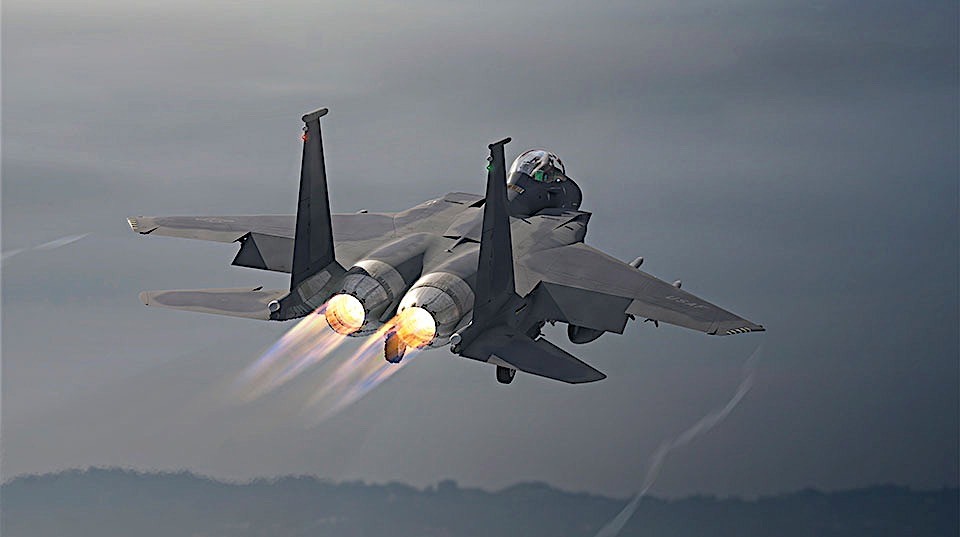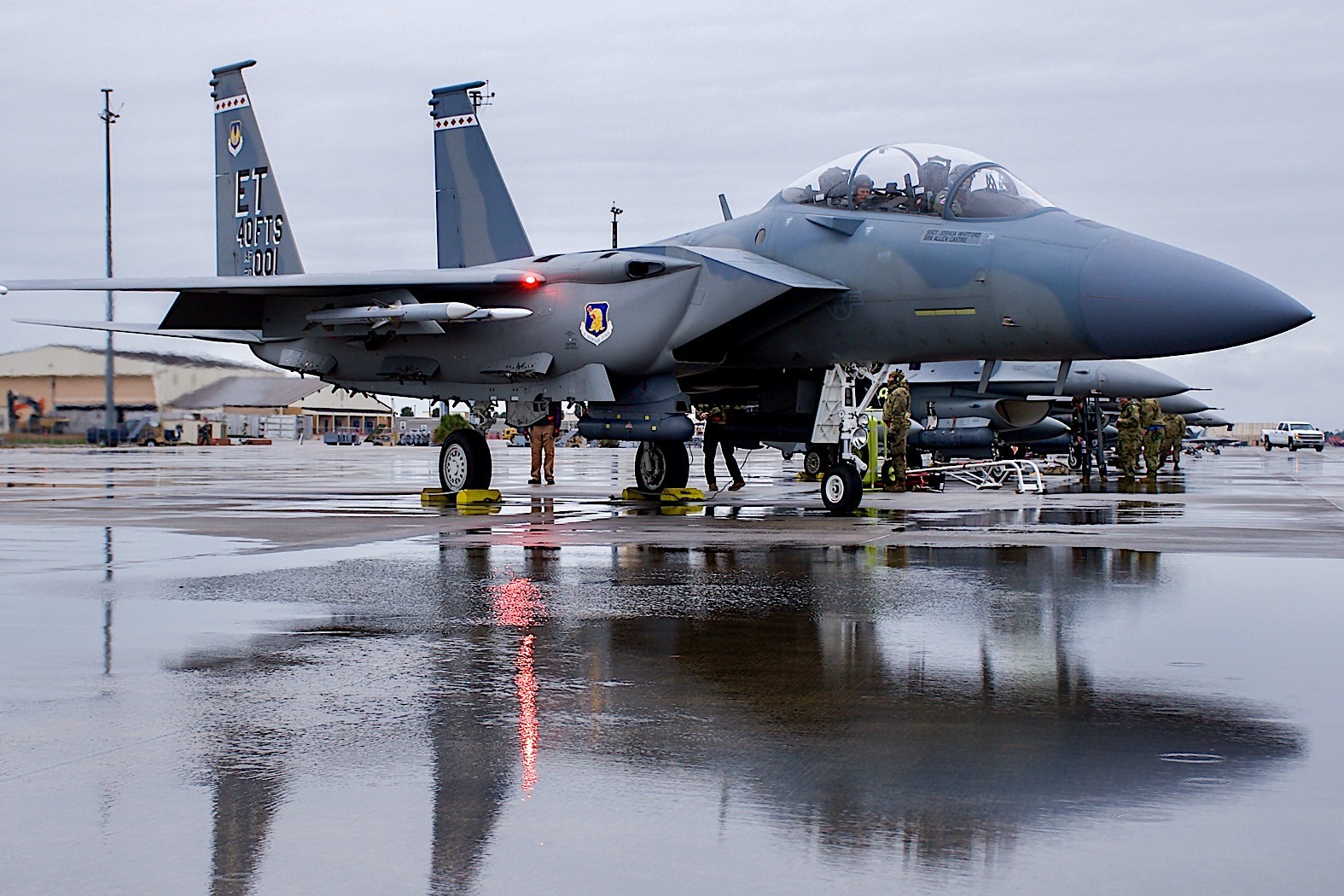The F-15 aircraft lineage, originating from McDonnell Douglas in the early 1970s, stands as one of the oldest and most enduring in global aviation. Over time, it has undergone numerous upgrades to maintain its relevance, with no end in sight to its evolution.
Among its modern iterations, such as the Eagle II, the F-15 has been chosen as one of five key elements in the future arsenal of American fighter aircraft, alongside the F-35, F-16, A-10, and the forthcoming Next Generation Air Dominance (NGAD) sixth-gen platform.

To meet the demands of contemporary warfare, particularly in countering electronic and air defense threats, significant upgrades are necessary. To address these needs, the U.S. Air Force (USAF) has been actively testing the Eagle Passive Active Warning Survivability System (EPAWSS), developed by British defense contractor BAE Systems.
BAE Systems recently announced the completion of the Initial Operational Test & Evaluation (IOT&E) of EPAWSS, validating its integration for use on both the F-15E Strike Eagle and the F-15EX Eagle II aircraft. Collaborating with Boeing, the manufacturer of the F-15, and the USAF, integration efforts are underway at facilities in Nashua, New Hampshire, and Austin, Texas.
Described as “the world’s most advanced EW systems,” EPAWSS is currently in the low-rate production phase, though deployment plans on a larger scale remain undisclosed. Nonetheless, this milestone marks a significant advancement in enhancing the capabilities of the venerable F-15 aircraft.

